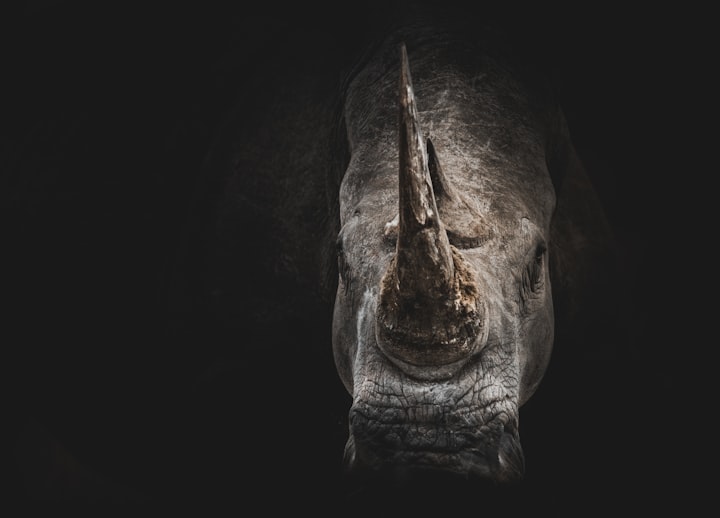
Start writing..Origin of Vaishnavism
The origin of Vaishnavism can be traced back to the verbal teachings imparted by Vishnu himself to Goddess Laxmi and in turn to Visvaksena, the divine angel. The earliest known origin of Vaishnavism can be traced back to the Rig Veda, the oldest religious literature of the world. There are a number of hymns in the Rig Veda which are also repeated in the Yajur Veda and Sama Veda, which speak of Lord Vishnu as the highest personal God, who is the sole creator and controller of the universe and the saviour of humanity
Upanishads: The various philosophical and religious doctrines which constitute the chief basis of Vaishnavism are found in the Upanishads in great detail. The basic themes of Ishwar (God), chitta (soul) and acit (matter), the nature of Ishwar as a personal God endowed with attributes, the Bhakti or Upasana as a sadhana or means of God-realization and the nature of Moksha as conceived in Vaishnavism are all taken from the Upanisadic teachings.
•Agamas: In the period of time following the Vedas, the various important tenets of Vaishnavism have been more elaborately expounded in the Agamas. The Vaishnava Agamas uphold the exclusive worship of Vishnu as the Supreme Deity.
• Puranas: The contribution of the Indian Puranas in general and Vishnu Purana of Sage Parasara in particular is significant in developing the Vaishnava doctrines. The Vishnu Purana is acknowledged as the oldest and the most authoritative Purana. It presents all the basic doctrines, both philosophical and theological, of Vaishnavism.
Epics: Following the Agamas, the development of Vaishnavism has taken place in a comprehensive way in the great Indian epics of the Mahabharata and the Ramayana. The Ramayana is regarded by the Vaishnavites as a text expounding the doctrine of self-surrender. In the Mahabharata, Vishnu is identified with Narayana, Vasudeva, Bhagawan and Krishna.
Vaishnavism is one of the major denominations of Hinduism and has had an enormous impact on the development of Hinduism in general.Tiruppan, also called Tiruppanalvar, one of the “later” or “minor” South Indian poet-saint devotees of Vishnu known as the Āḻvārs. Very little is known about either the work or the life of Tiruppan. His name means “the saint who was a bard,” and legend has it that Tiruppan was indeed a member of this group, which, by the 9th or 10th centuries, had become an “untouchable” caste.
We begin with a history of Vaishnavism from its earliest roots in the Vedas to its developments in South and North India, before moving on to consider Vaishnava practice and some of the forms that Vaishnavism takes today.
Puranic Hinduism is a worldview and organised religion that has evolved over time by assimilating and blending various local religious and cultural practices. This made it possible for it to enfold individuals from a wide range of groups across a vast geographic area.
It became relatively simpler for Brahmanas to recognise and assimilate local gods and goddesses with the advent of the practice of granting land and villages to Brahmanas, thus expanding Brahmanism in uncharted lands.
One always thinks of Bengal and Orissa, the birthplace of Vaishnavism, the religious order with Krishna, an ‘avatar’ or reincarnation of the God Vishnu, as the central figure of worship. Chaitanya Mahaprabhu is regarded as the person who initiated this order in the 15th century. It celebrated the mortal and immortal love for Krishna, between the human and the Supreme Power, and between Krishna, Radha and the ‘Gopis’ – it is not easy to understand Vaishnavism as it is a complex order but it struck a chord in the hearts of the most common person across India as it preached about divine love of Krishna as our inner consciousness. It did not have any hierarchical order like the difficult caste system and people were free to adopt Vaishnavism.





Comments
There are no comments for this story
Be the first to respond and start the conversation.